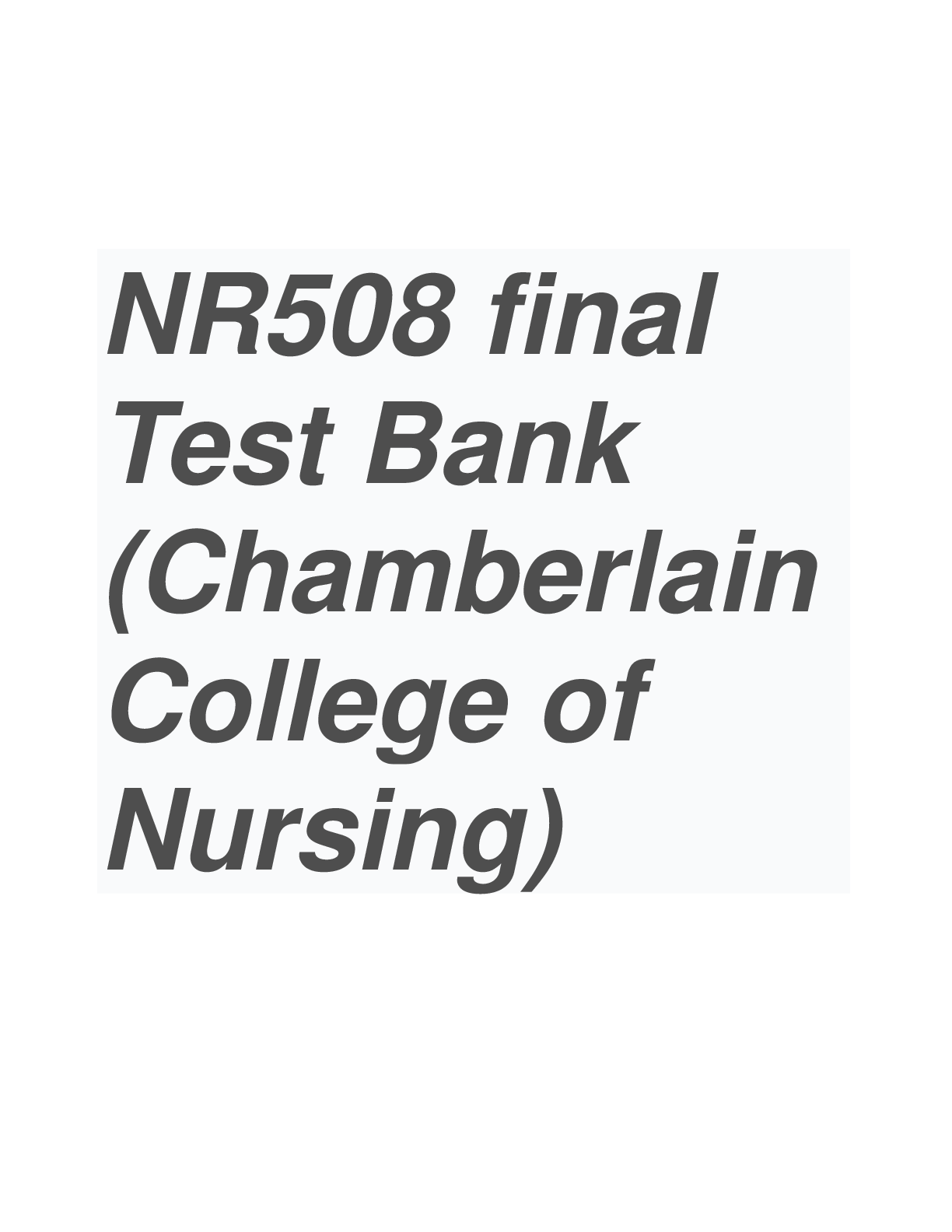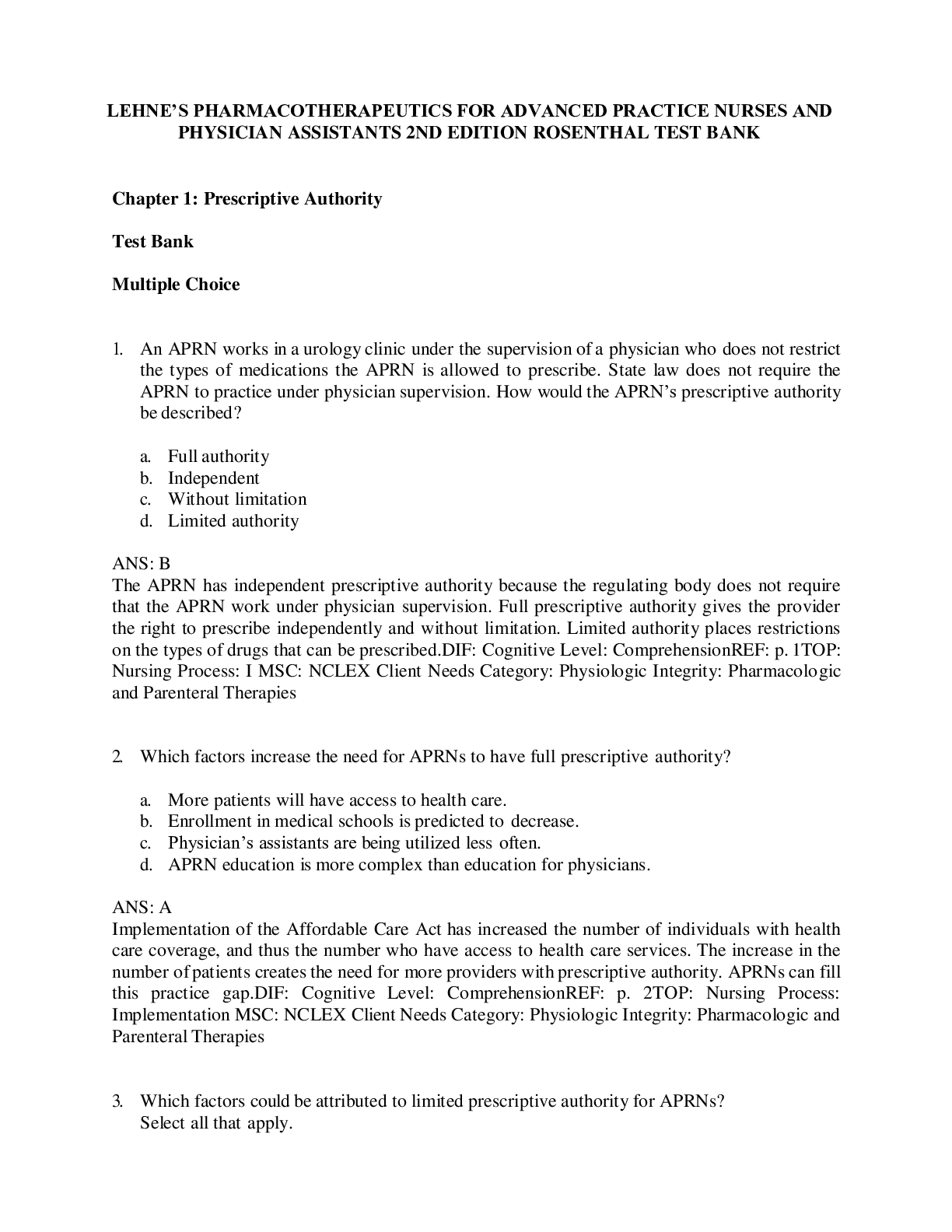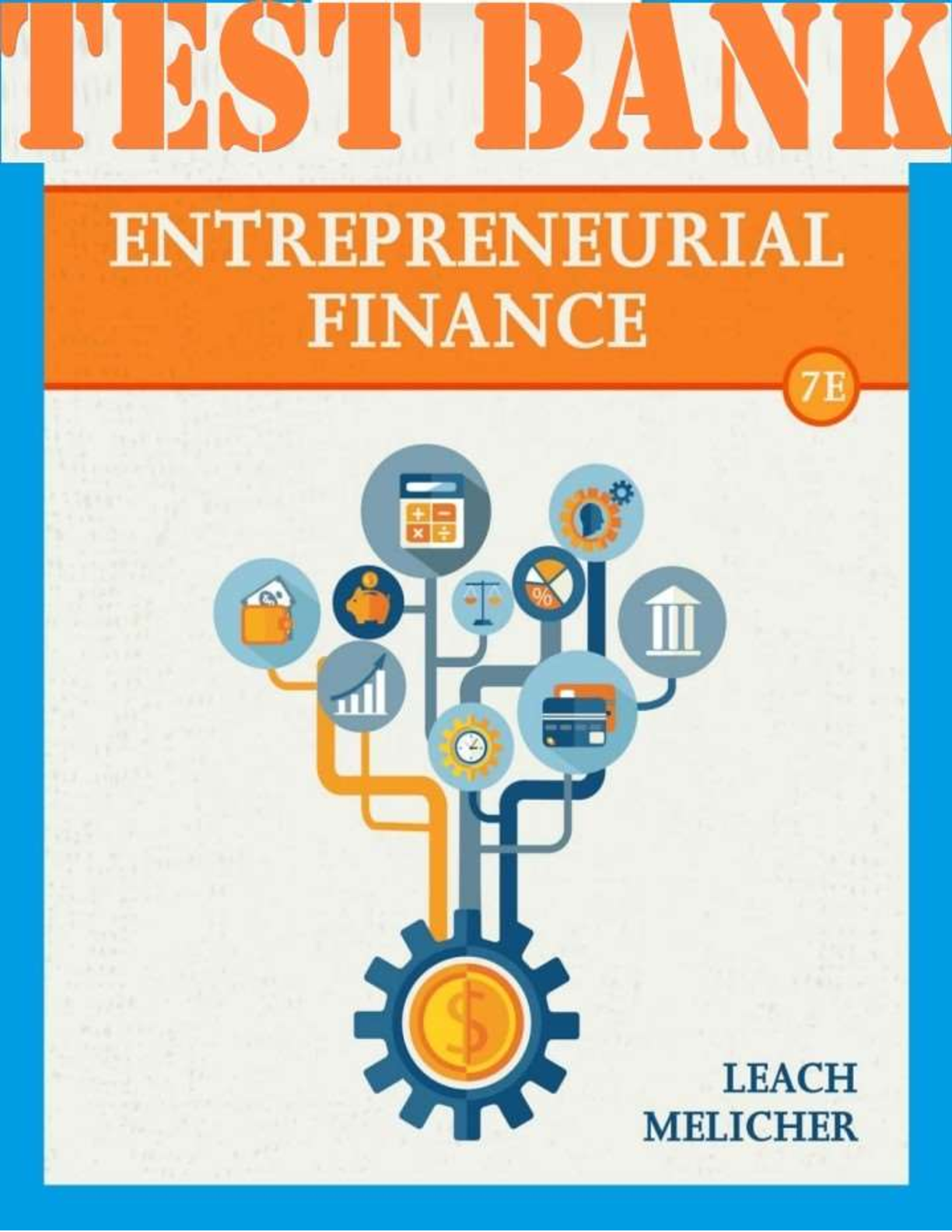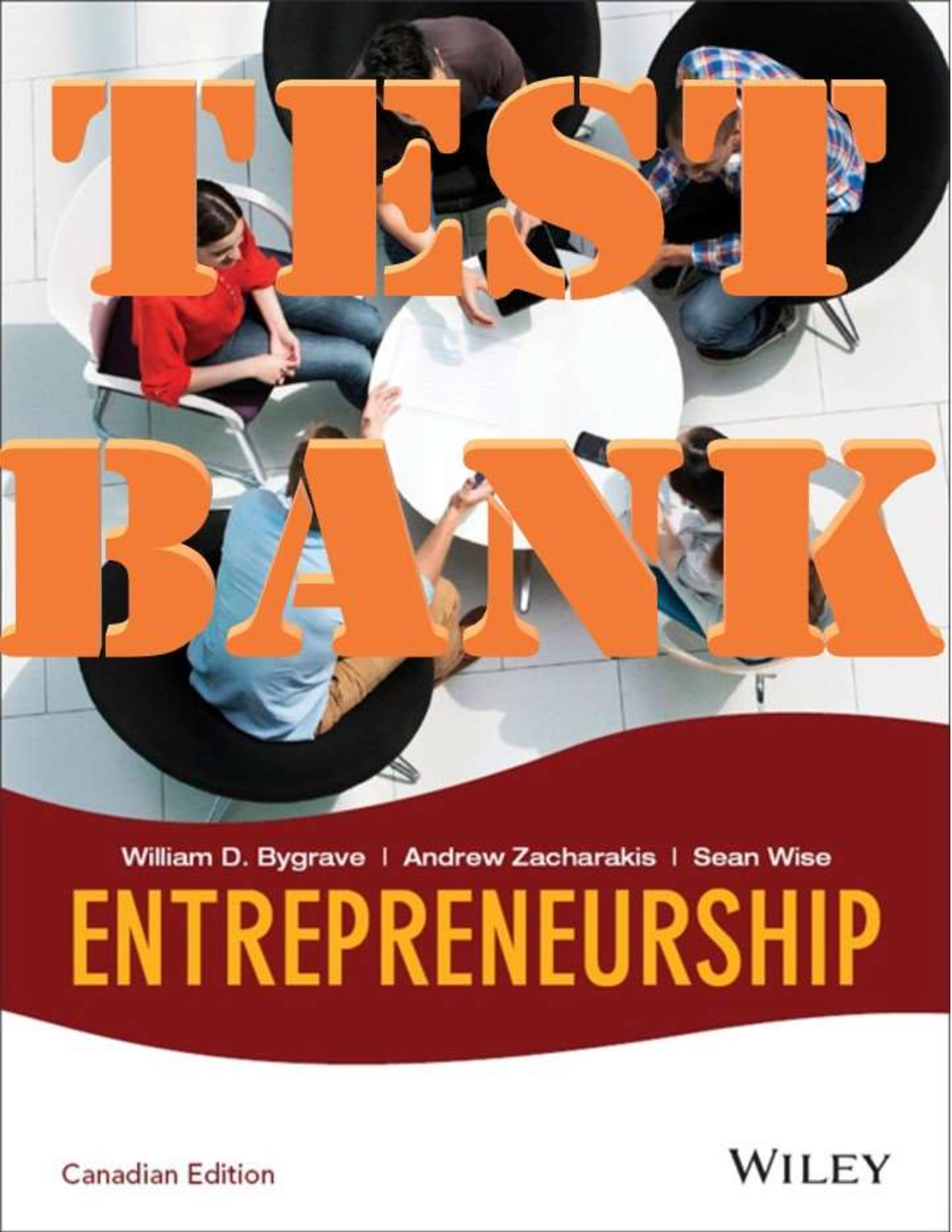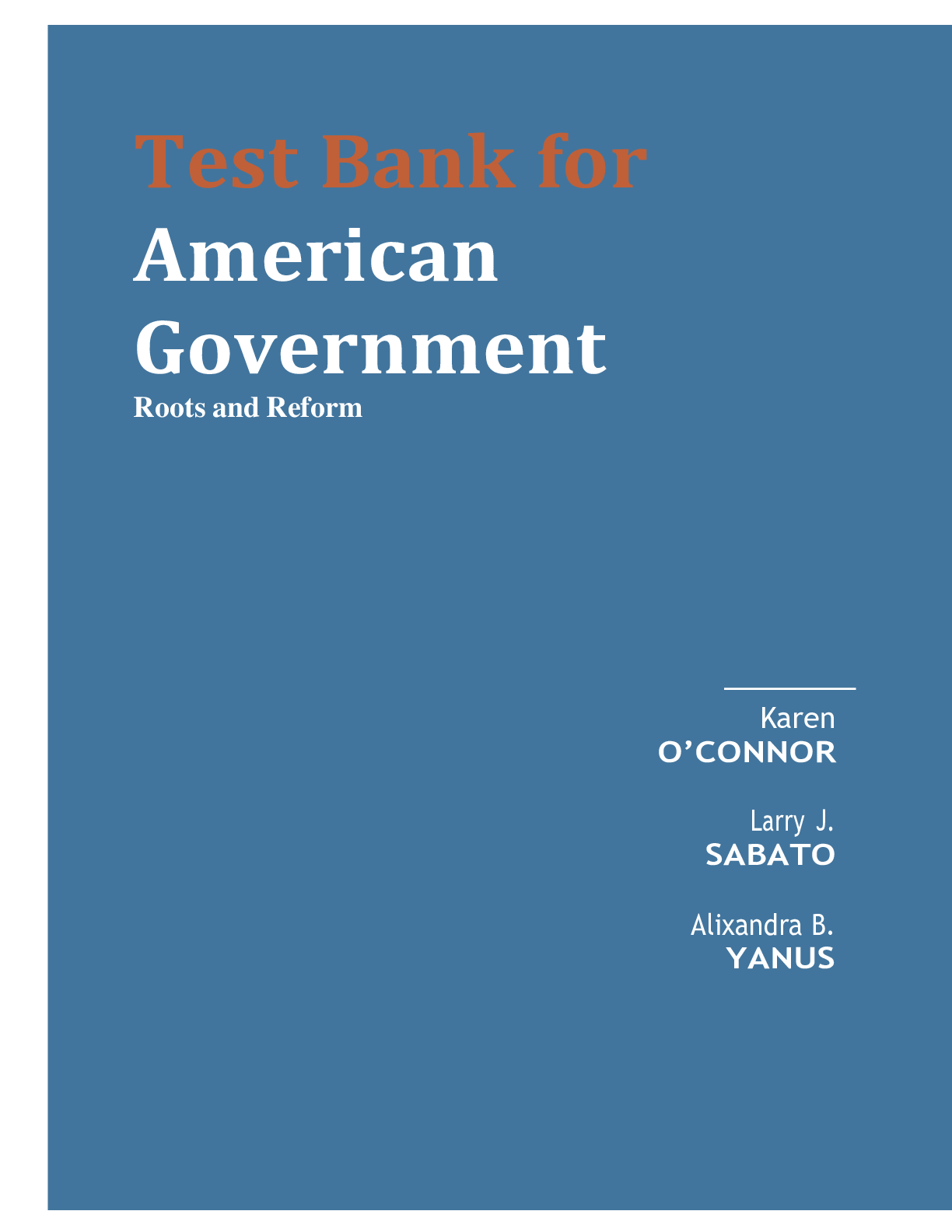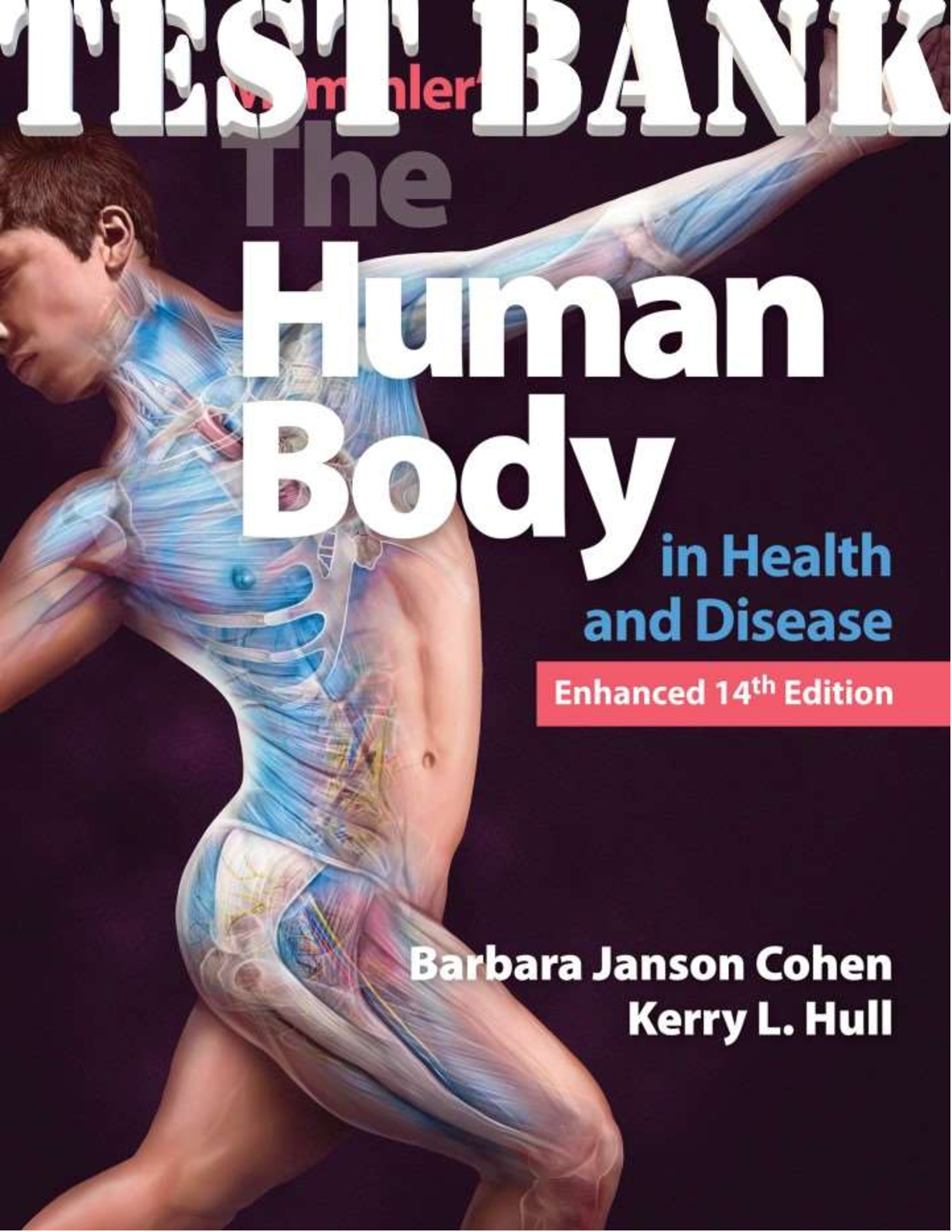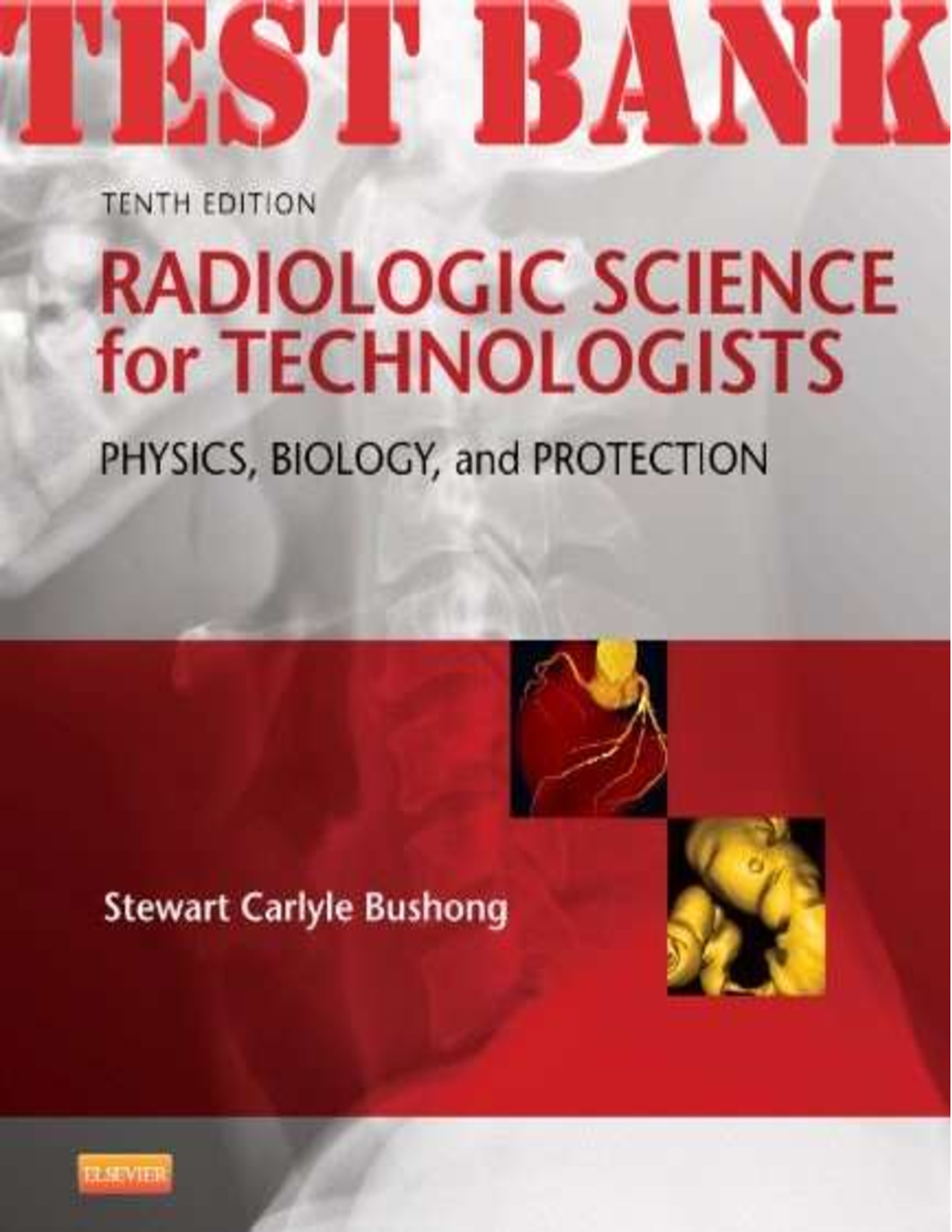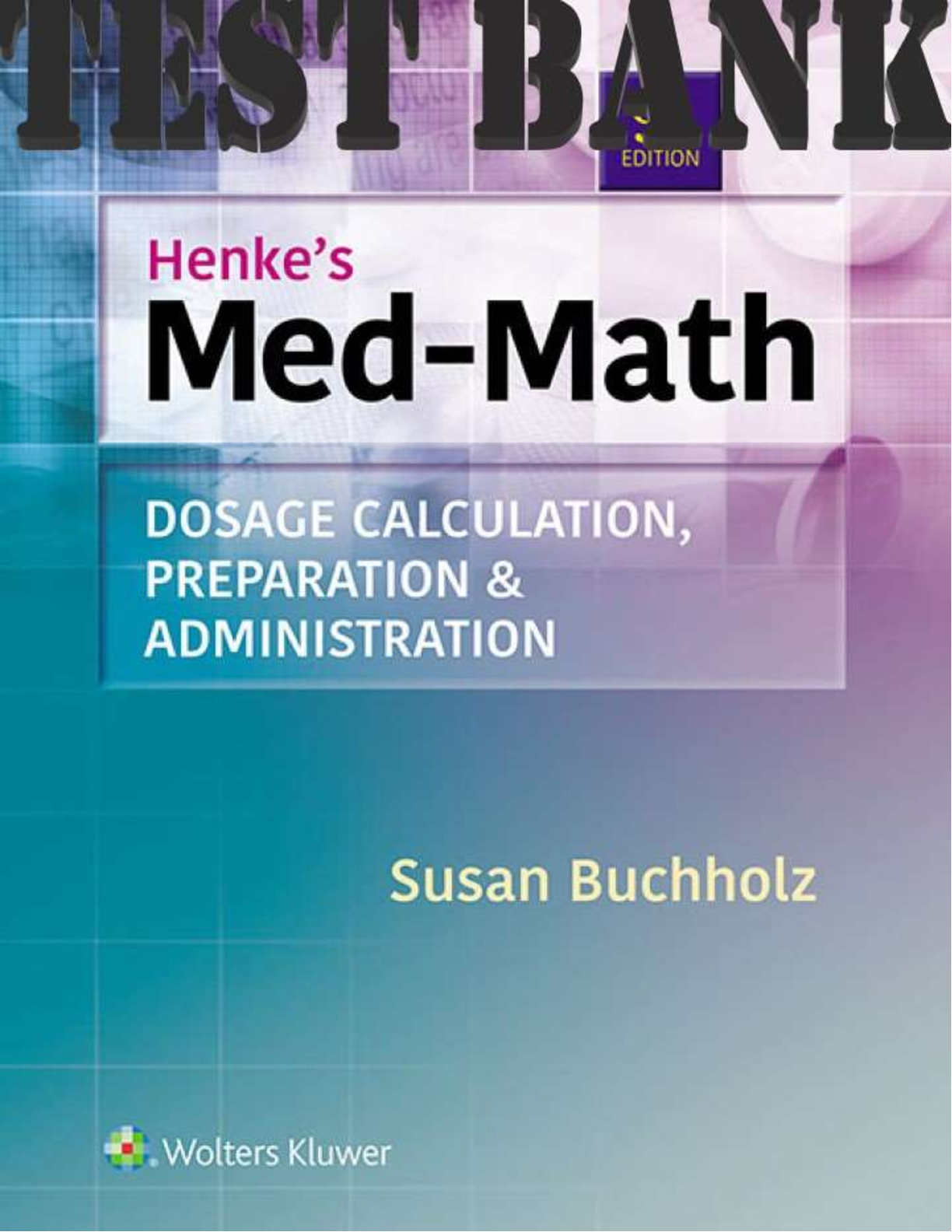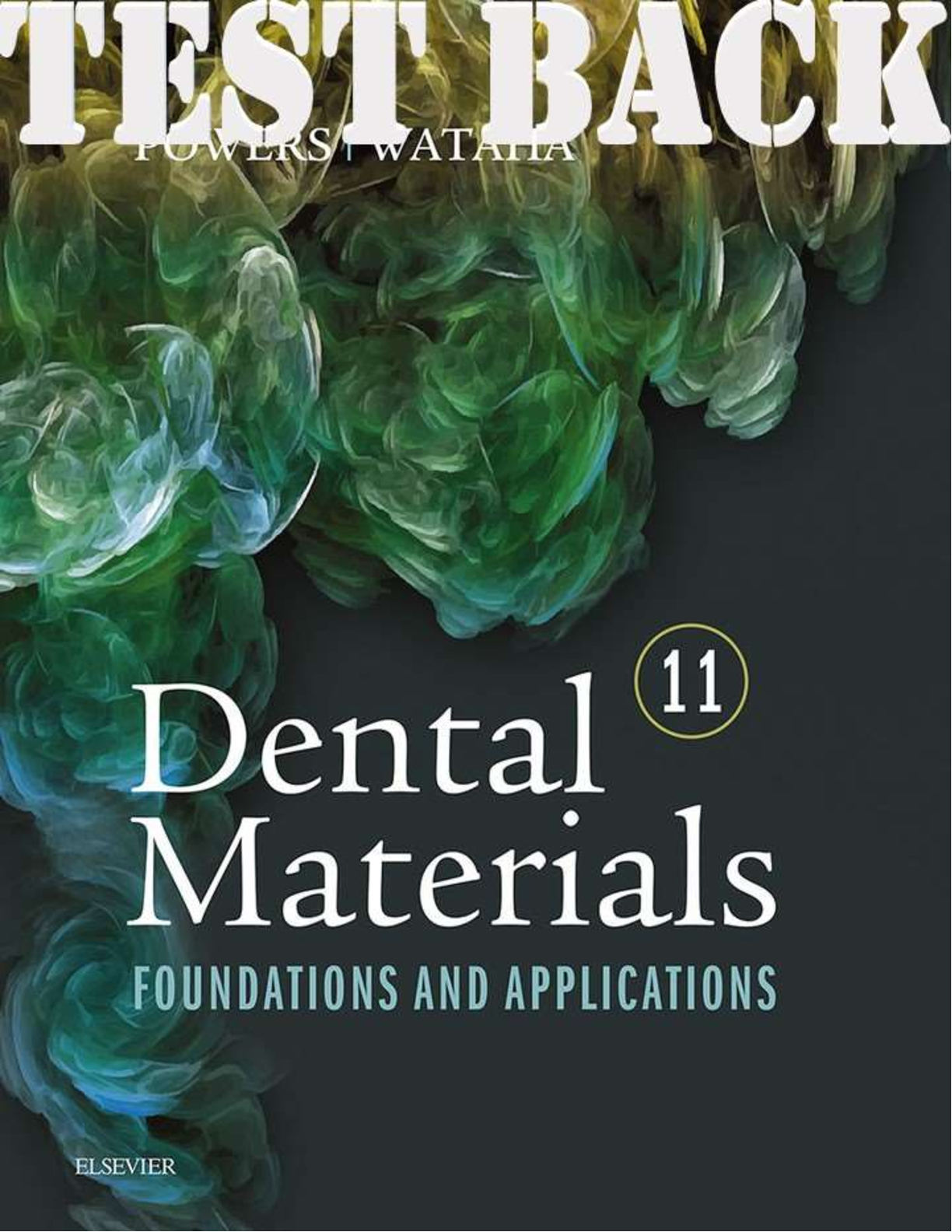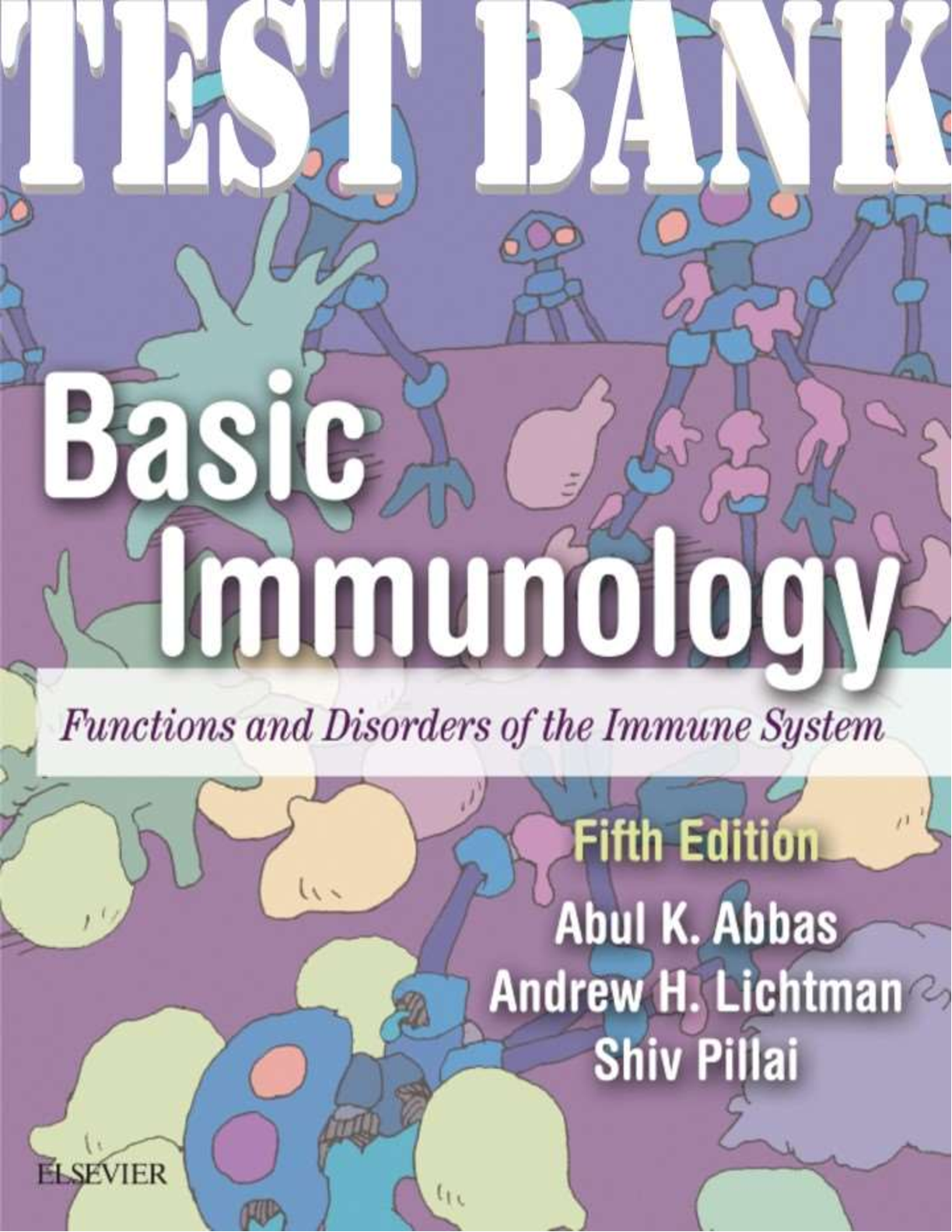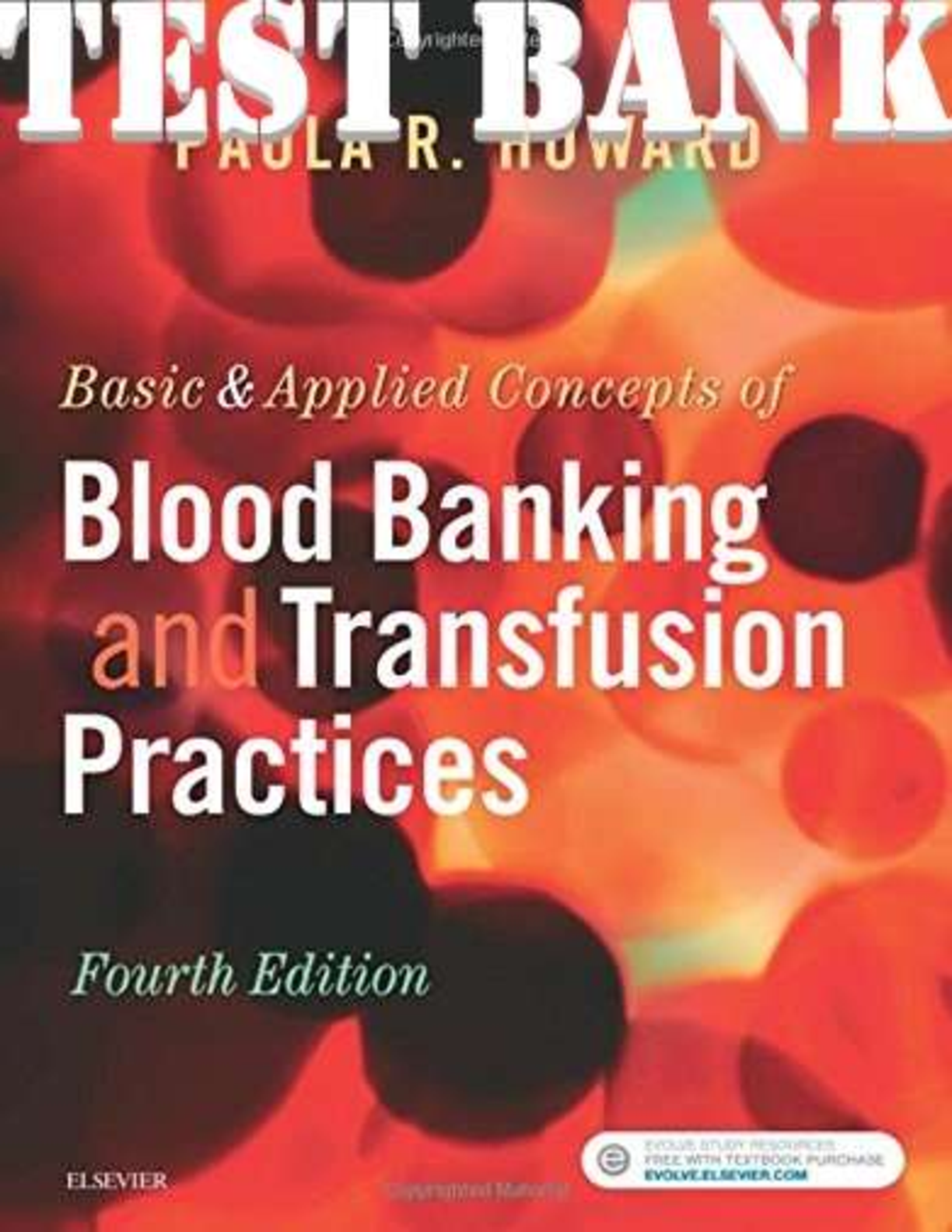MOTHER-CHILD TESTBANK
Document Content and Description Below
MOTHER-CHILD TESTBANK 1. The clinic nurse is working with a mother and her 3-year-old child who have arrived for the childs routine checkup. The nurse encourages the mother to return for her childs... measles-mumps-rubella immunization prior to the childs entering school. This intervention is an example of what type of care? A. Mandatory health care B. Primary health prevention C. Secondary health prevention D. Tertiary health prevention ANS: B Of the three levels of prevention, the most desirable level is primary prevention. This encompasses health promotion and activities specifically meant to prevent disease from occurringin this case, scheduling vaccinations. Secondary prevention refers to early identification and prompt treatment of a health problem before it has an opportunity to spread or become more serious. Tertiary prevention is intended to restore health to the highest functioning state that is possible. 2. A nurse wishing to be an advocate for access to health care would most likely choose to participate in which of the following activities? A. Lobby for improved insurance access for all individuals, whether or not they are employed. B. Help establish fast-track or minor illness areas in local emergency rooms. C. Partner with medical centers to provide free services for low-income patients. D. Work with visiting nurses associations to create on-site clinics at day-care centers. ANS: A The biggest determinant of access to and quality of health care is ones insurance status. The other actions might help improve access too, but would not be as effective as lobbying for improved ability for all individuals to get insurance. 3. A nurse working with an after-school program is concerned about the lack of health literacy in the students parents. What action would best address this need? A. Conduct a monthly health-related seminar for parents. B. Investigate grants or other funding for a computer bank. C. Invite parents to healthy cooking demonstrations. D. Provide brochures on a variety of health problems. ANS: B The disparity between people who have access to technology and those who do not is directly related to health literacy and knowledge. The amount of information doubles every 6 years, so it is not possible to keep track of all the latest health news by accessing brochures, books, or periodicals. Having access to computers would greatly increase health literacy. The other options are certainly helpful, but would not be as far-reaching as providing access to online material. 4. A nurse is caring for a patient near the end of life whose wishes regarding care are not known. The two sons disagreed with the two daughters about future medical plans for the patient during a recent family conference, and now the sons and daughters are not talking to one another. What action by the nurse would be best to help resolve this dilemma? A. Call the facilitys ethics committee and request a formal consultation. B. Have social work coordinate another family meeting to discuss the issue. C. Meet with the sons and daughters separately to discuss their wishes. D. Request that the physician tell the family what is in the patients best interests. ANS: A Ethical principles in health care are often in conflict, and it takes a skilled person to negotiate and mediate these situations. Ethics committees exist in most health-care facilities that are experienced in confronting these difficult situations. The best response would be for the nurse to request a consultation from the ethics committee. Another family meeting may not work, as the family already disagrees and tensions are high. The other options may be helpful, but are not as vital as a formal ethics committee consultation. Meeting privately with the sons and daughters might give the nurse some insight into their positions, but would not be as effective as utilizing the expertise on the committee. The physician should not decide what is in the patients best interests, as this is paternalistic and violates the principle of autonomy. 5. A mother and her 12-year-old daughter visit the clinic often because of the daughters asthma. The clinic nurse recognizes that one of the most important nursing actions in this situation is which of the following? A. Continue to schedule regular clinic visits for the child to follow her condition. B. Give the mother time to talk about her daughters illness while she is present. C. Listen patiently to the child as she talks about her illness, letting her tell her story. D. Regulate and modify the childs medications in response to her asthma symptoms. ANS: C Research shows that children feel that health-care providers dont really listen to them. It is important to advocate for the child and to develop a therapeutic relationship characterized by a caring attitude. The nurse should encourage the child to discuss her asthma and modify interventions accordingly. 6. The nurse managing a pediatric clinic often sees single mothers with children. What action by the nurse would best help this population of women access health care? A. Arrange to have evening and weekend hours. B. Offer sample medications instead of prescriptions. C. Provide a play center for waiting children. D. Provide bus tokens for transportation to the clinic. ANS: A Single mothers with children constitute 82% of the poverty population. Welfare to work programs are now compulsory, and women must work in order to receive aid. Offering evening and weekend hours could accommodate more women who cannot afford to miss time off from work. The other options might be helpful for some patients and families, but to have the greatest impact on the largest group of people, accommodating work schedules is important for this population of women. 7. A community health nurse explains to the nursing student that the best health-related programming includes which of the following elements? A. Has both individual and societal components B. Is directed toward individual responsibility C. Provides incentives to compensate healthy choices D. Requires legislation to truly be effective ANS: A Intervention programs must be multi-tiered and oriented to the broader social context in which they occur, because that is where patients are located. Programs directed toward only individuals are less successful. Programs and interventions do not need to include legislation or incentives. 8. A nursing student wishes to investigate national health goals. Where should the student research this information? A. Cochrane Database B. Cumulative Index of Nursing and Allied Health Literature C. Government websites D. Healthy People initiative ANS: D The Healthy People initiative is the blueprint for the nations health goals. Updated every 10 years, it lists national health priorities. Information related to the Healthy People initiative can be found on the other sites, but they are secondary sources. The student would do best to investigate the primary source. 9. A nurse is interested in primary prevention programs. Which of the following activities would this nurse choose to do? A. Assist with blood pressure screening at the local mall. B. Collect and distribute used eyeglasses for poor people. C. Staff a mobile mammogram unit for underserved groups. D. Teach teenagers about the dangers of texting and driving. ANS: D Primary prevention includes activities designed to keep health problems from happening. It often includes education. Teaching teens the dangers of texting and driving will (hopefully) prevent motor vehicle crashes. Secondary prevention is screening, early detection, and prompt treatment for health problems. Providing blood pressure screening and mammograms are examples of secondary prevention. Tertiary prevention attempts to restore health to its highest level of functioning. Providing eyeglasses for needy people with vision problems is an example of tertiary prevention. 10. A nurse wants to work in the community providing secondary prevention activities. Which action would this nurse choose to do? A. Educate teenage girls about birth control options. B. Provide STD/STI testing at the local youth center. C. Staff the county health department flu shot clinic. D. Volunteer to drive cancer patients to receive their treatments. ANS: B Secondary prevention is screening, early detection, and prompt treatment for health problems. Testing youths for STD/STIs is an example of secondary prevention. Primary prevention includes activities designed to keep health problems from happening. It often includes education. Educating teenage girls about birth control options will (hopefully) prevent unintentional pregnancies and is an example of primary prevention. Likewise, staffing the flu shot clinic is also an example of primary prevention. Tertiary prevention attempts to restore health to its highest level of functioning. Driving cancer patients to their treatments is an example of tertiary prevention. 11. A nurse is interested in providing tertiary prevention activities. Which of the following activities would this nurse choose to do? A. Assist with low-cost swimming lessons at the YMCA. B. Conduct monthly educational seminars at a church. C. Join the county pandemic outbreak response team. D. Provide glucose and cholesterol screening at the mall. ANS: C Tertiary prevention attempts to restore health to its highest level of functioning. Working with a county response team in the event of a pandemic outbreak would be an example of tertiary prevention. Primary prevention includes activities designed to keep health problems from happening. It often includes education. Assisting with swimming lessons and conducting monthly seminars will educate the target audiences in order to prevent a health problem. Secondary prevention is screening, early detection, and prompt treatment for health problems. Providing glucose and cholesterol screening is an example of secondary prevention. 12. A practicing nurse tells a student nurse that beyond the World Health Organizations definition of health, providers must also consider which of the following factors when determining the health of a community? A. The definition of health as described by the community B. The incidence of preventable health problems in the group C. The morbidity caused by genetically related health problems D. The mortality rates that could be lowered with primary prevention ANS: A The World Health Organization (WHO) defines health as a state of complete physical, mental, and social well-being and not merely the absence of disease or infirmity. According to Purnell and Paulanka (2008), one must also consider the definition of health as it is described by people within their own ethnocultural group. The other options are not part of this consideration. 13. A nurse wants to know the trend concerning death due to cardiovascular disease. What source should the nurse consult? A. Epidemiology data B. Morbidity data C. Mortality data D. Primary prevention data ANS: C Mortality refers to death. Government agencies keep both mortality and morbidity records on public health threats. Morbidity refers to illness. Epidemiology is the statistical analysis of factors related to disease in populations over time. Primary prevention includes activities designed to keep health problems from happening. It often includes education. [Show More]
Last updated: 1 year ago
Preview 1 out of 278 pages
Instant download

Buy this document to get the full access instantly
Instant Download Access after purchase
Add to cartInstant download
Reviews( 0 )
Document information
Connected school, study & course
About the document
Uploaded On
Feb 07, 2022
Number of pages
278
Written in
Additional information
This document has been written for:
Uploaded
Feb 07, 2022
Downloads
0
Views
108

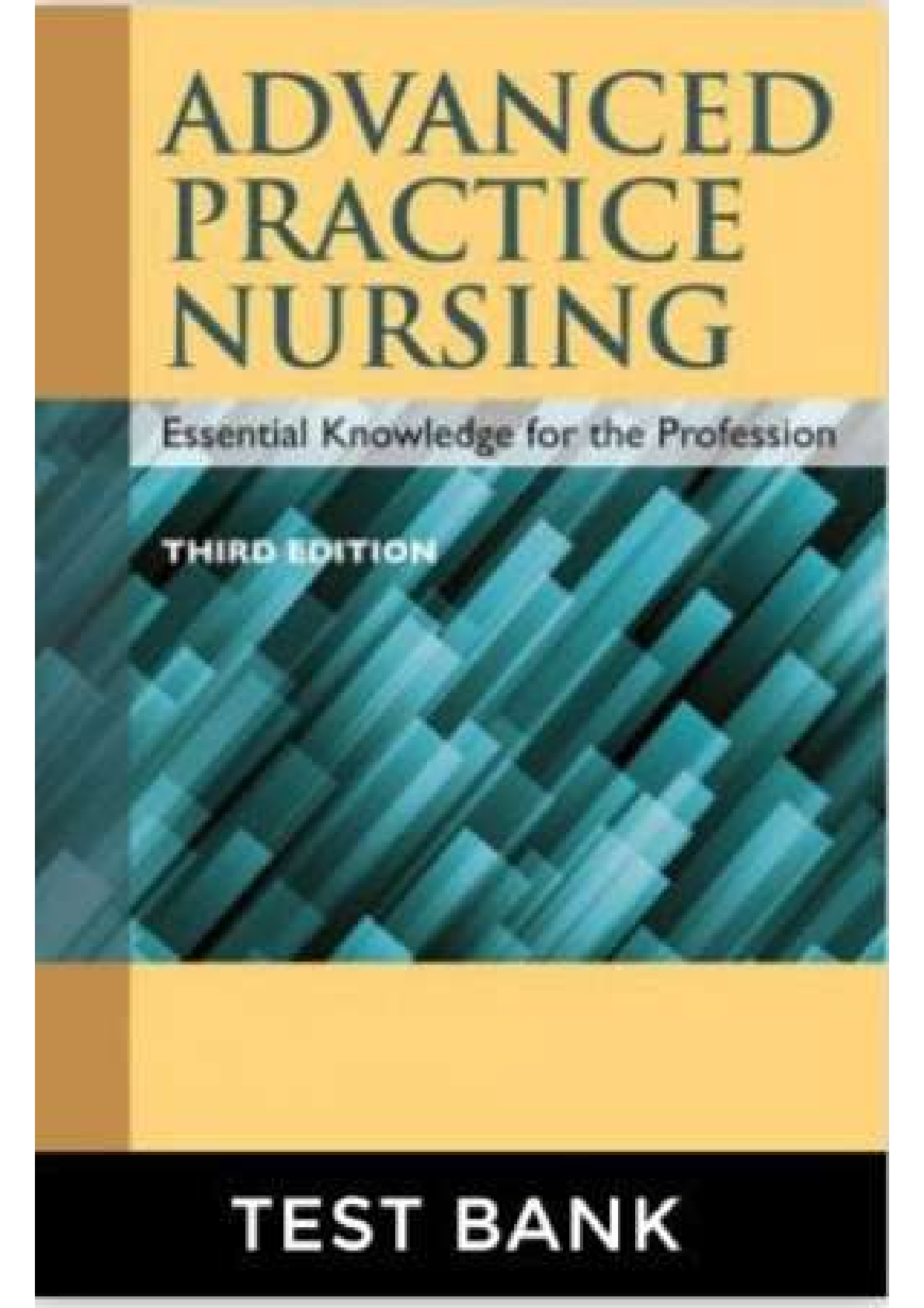
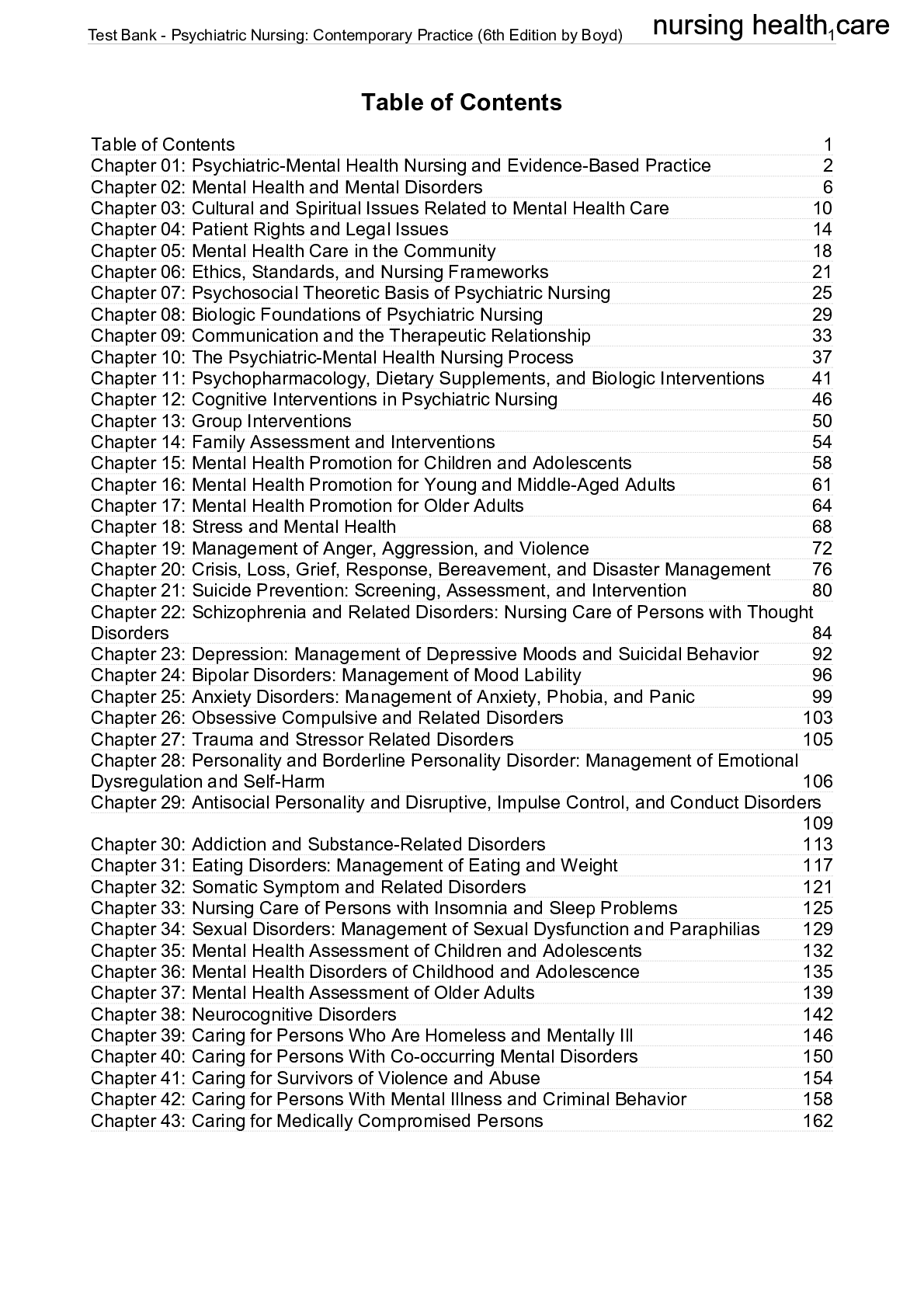
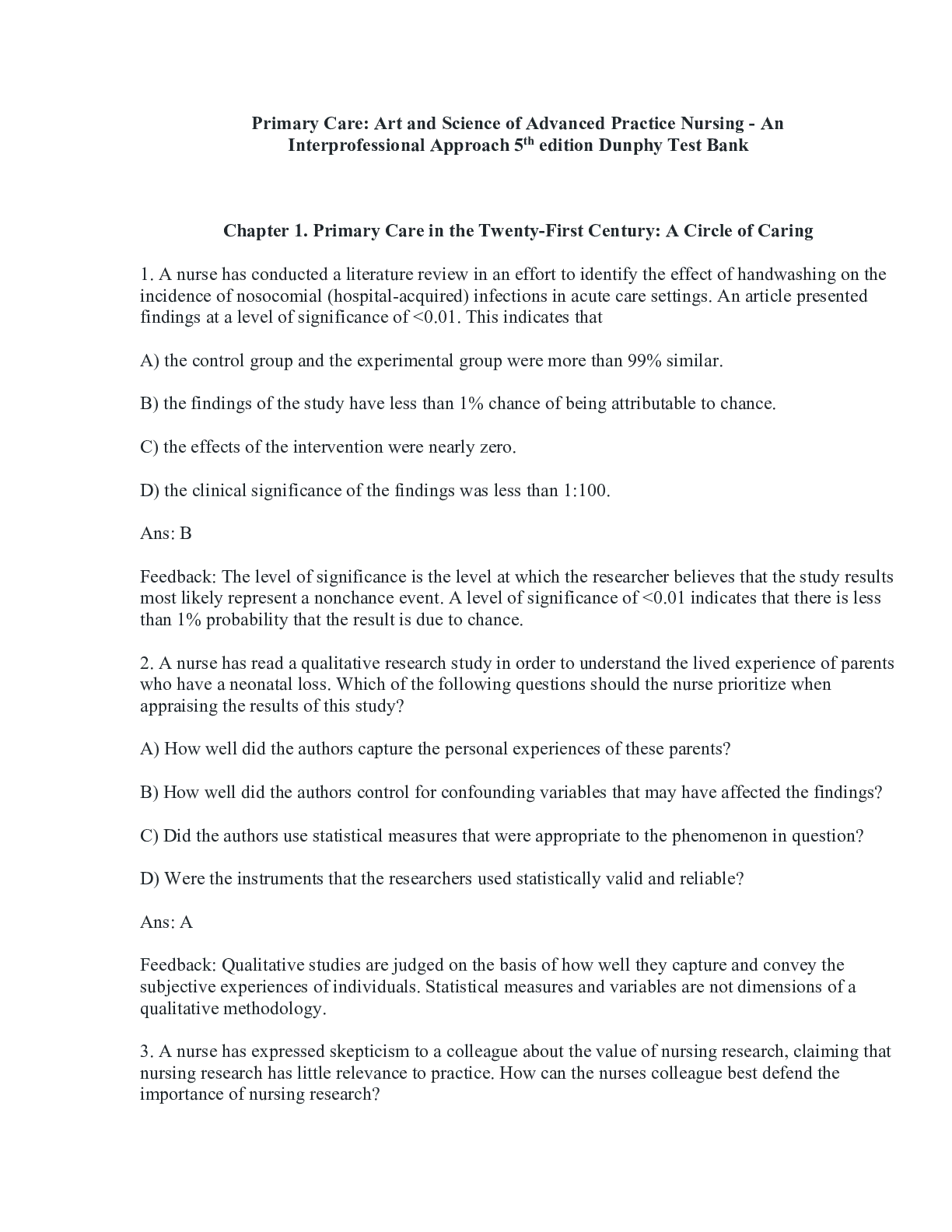


 Van Blarcom, Jeff - Wiley Series 65 Exam Review 2016 + Test Bank_ the Uniform Investment Advisor Law Examination-Wiley (2015).png)
